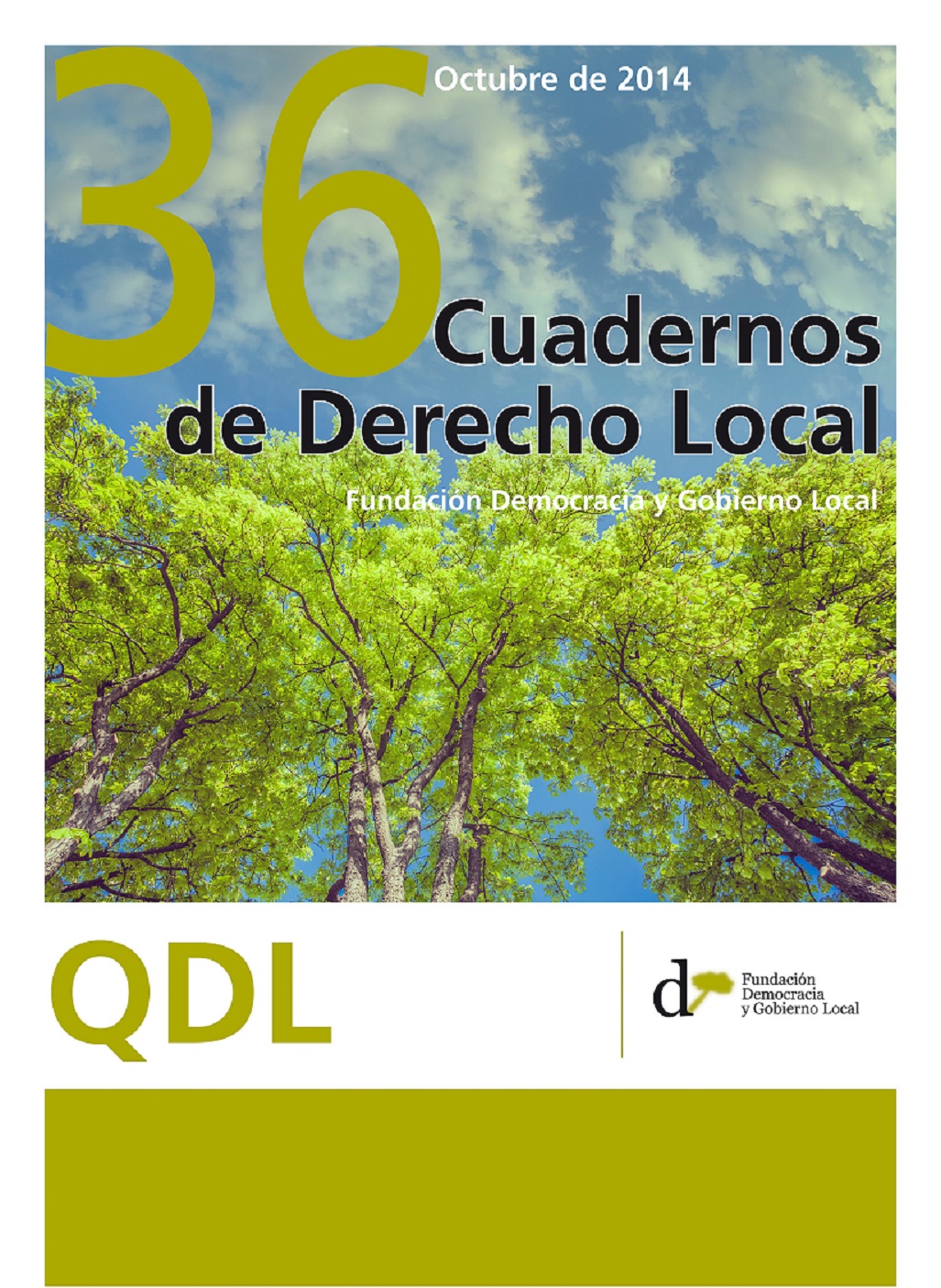La nueva doctrina del Tribunal Supremo sobre relación de puestos de trabajo. Aplicación práctica en el ámbito local
Main Article Content
The Supreme Court judgment of 5 February of 2014 has ended with the long-standing duality case-law (general rule vs. administrative act) that had sustained the Supreme Court regarding the list of job profiles of the public administrations (RPTs). Nowadays, the Supreme Court understands RPTs as executive acts (administrative acts) instead of regulatory acts (general rules) in the field of the human resources of a public administration. Therefore, it is necessary to reconsider the current regulatory law, especially when its amendment will be at stake, because the regulatory law scheme depends on the sources of law. This reconsideration entails a deeper analysis regarding local governments because the regulatory law scheme is not thought in terms of the reality of local governments. Flexibility, efficiency, rule of law and loyalty to the administrative reality, all of these elements must be considered together in order to adapt the regulatory law scheme to the necessities of local governments, which are institutions essentially aimed to provide public services of general interest.

